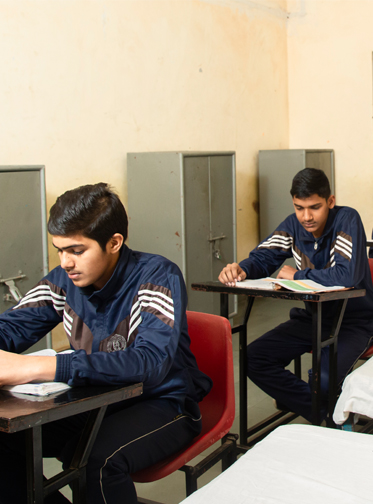- +91-7088331234
- [email protected]
Etawah is a city on the Yamuna River in the state of Uttar Pradesh in India. It is the administrative headquarters of Etawah District. The city was an important center for the Revolt of 1857 (Allan Octavian Hume, the founder of Indian National Congress was district collector then). Also is the place of sangam or confluence between Yamuna and Chambal. It is also the site of the remains of the Great Hedge of India.
Etawah was a town and district of British India, in the Agra division of the United Provinces. The town is situated on the left bank of the Yamuna, and has a station on the Indian Railway (Northern Zone), 386 km from Allahabad. Deep fissures intersect the various quarters of the town, over which broad roads connect the higher portions by bridges and embankments. Considerable trade is carried on by rail, National Highway 2 (Earlier Grand Trunk Road) and river.
The district of Etawah lies in the southwestern portion of Uttar Pradesh 26° 47" north latitude and 72° 20" east longitude and forms a part of the Kanpur Division. In shape it is a parallelogram with a length from north to south 70 km. and East to west 66 km. on one side and 24 km. on the other side. It is bounded on the north by the districts of Farrukhabad and Mainpuri, while the small extent of western border adjoins tahsil Bah of the Agra district. The eastern frontier marches with the district of Auraiya, and along the south lie Jalaun and the district of Gwalior, the division line being, except for a short distance, the Chambal and Yamuna rivers. The total area in 1999 is calculated to be 2434 km.

The district exhibits a striking variety of surface and scenery. The greater portion lies within the Doab or level alluvial plain between the Ganges and the Yamuna. This part falls naturally into two sections, divided by the deep and fissured valley of the river Sengar.
The tract to the north-east of that stream is rich and fertile, being watered by the Kanpur and Etawah branches of the Ganges canal, and other important works. The south-western region has the same natural advantages, but possesses no great irrigation system, and is consequently less fruitful than the opposite slopes. Near the banks of the Yamuna, the plain descends into the river valley by a series of wild ravines and terraces, inhabited only by a scattered race of hereditary herdsmen. Beyond the Jamuna, a strip of land extends along the tangled gorges of the Chambal and the Kuari Nadi, far into the borders of the Gwalior state. This outlying tract embraces a series of rocky glens and mountain torrents, crowned by the ruins of native strongholds, and interspersed with narrow ledges of cultivable alluvium. The climate, once hot and sultry, has now become comparatively moist and equable under the influence of irrigation and the planting of trees.
This region is believed to have existed even in the Bronze Age. The earliest Aryans who lived here were the Panchalas. They are said to have close connections with Kurus. The traditional history of the town started from a successor of King Bharat. The regions also have mention in Mahabharata and Ramayana epics. The Guptas, Kanvas, Kanishka, Naga kings ruled here. In fourth century A. D., Guptas once again established imperial unity in India. During the whole of the ninth and tenth centuries, this region was governed by Gurjara Pratihara rulers. The conquest of Kannauj by Nagabhata II at once gave to the Pratiharas the supreme power in this region. During the reign of Gurjara Pratihara monarch Mihir Bhoj, the region is mentioned as prosperous and safe from robbers and rich in natural resources.
The Etawah is also have a strong history poetry, various poets has born and brought up in this city, a famous poet sri Gopaldas Neeraj also born in Etawah, has written various songs for the films.